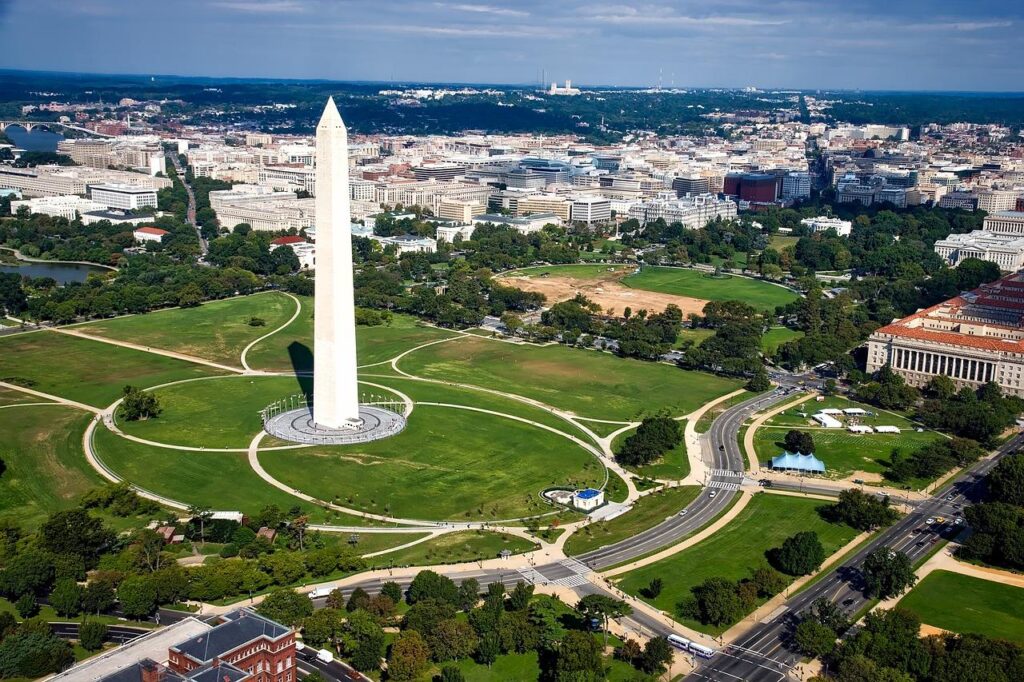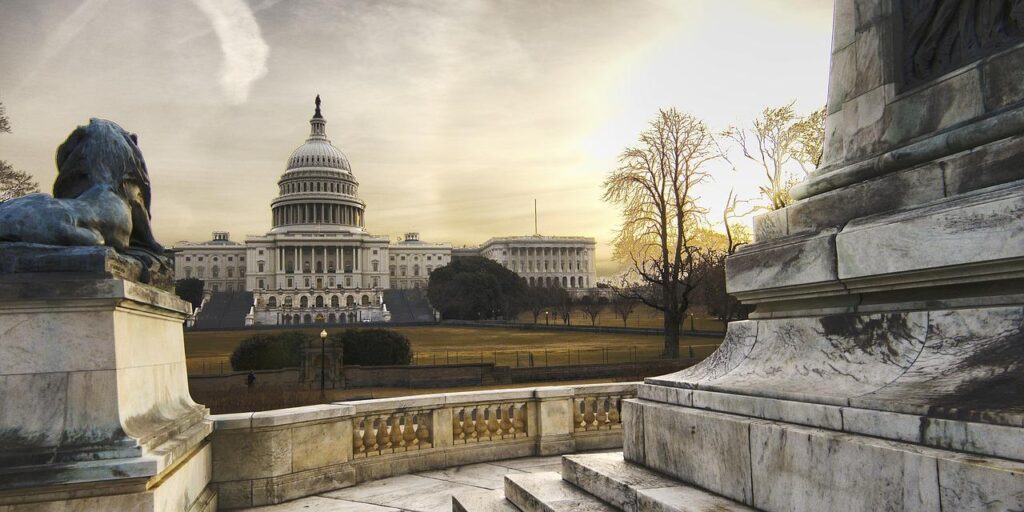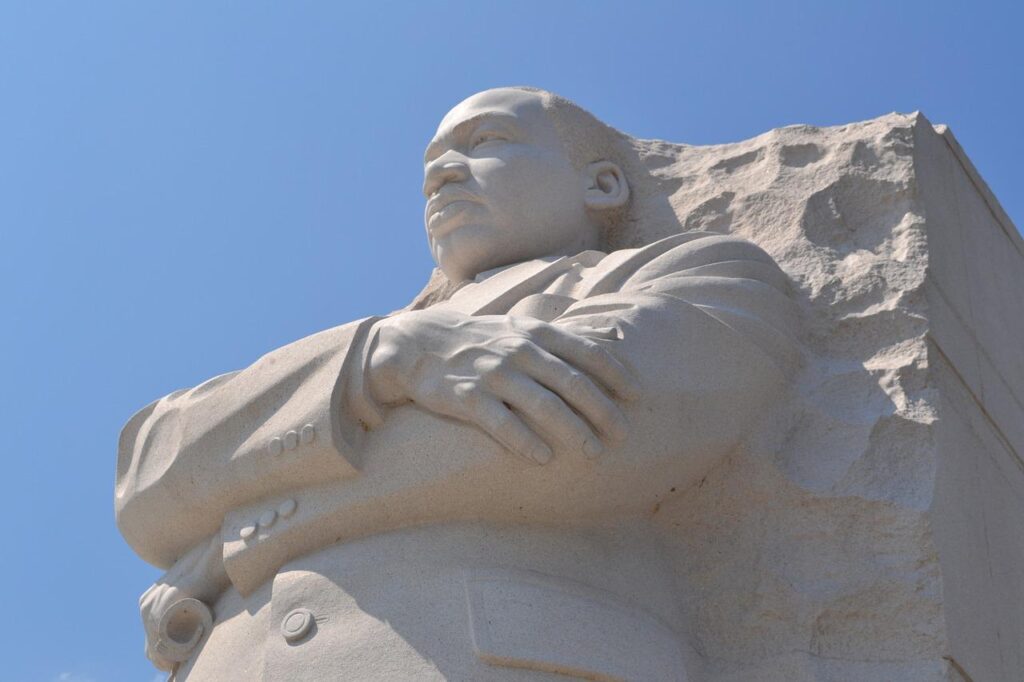For anyone with even a passing interest in US history, Washington DC is a treasure trove of fascinating sights and experiences. Founded specifically to be the capital city of the US, Washington DC has been at the heart of national and international history for centuries – and still continues to make history each and every day. There are so many landmarks of enormous historical significance here that it can feel quite overwhelming. Of course, the White House is the one that gets the most international attention, but on the National Mall that stretches out in front of it there are so many more sights to keep history buffs happy – from the Lincoln Memorial to the Smithsonian National Museum of American History.
If you’re planning a trip to Washington DC and you don’t yet know much about the city, it’s worth getting to grips with some of the basics of the city’s history so you can appreciate its wealth of historic sites all the more fully. Here’s a quick look at the story of the city.

Discovering Washington DC’s History in Person
Before we get into the history, it’s worth noting that the best way of immersing yourself in Washington DC’s history is by going on a tour that takes in the most important historic sites. Our Two-Day Washington DC Grand Tour is a fantastic option if you have the time to spare, but if you only have one day, our Best of DC Tour is also an excellent way to see the city. Alternatively, check out our full selection of Washington DC Tours to find some more great ways to learn about the capital.
The Founding of Washington DC
The city as we know it began in 1791, when it was founded using land from the states of Maryland and Virginia, which border it. Washington DC is in an unusual position as it doesn’t actually belong to a state; instead it is its own separate district (the District of Columbia – hence the DC in the name).
This location actually wasn’t anyone’s first choice for the location of the capital. However, it was chosen by George Washington – who would later become the very first President of the United States – as a compromise to placate two other Founding Fathers of the US, Alexander Hamilton and Thomas Jefferson, who had conflicting goals for the new capital. You can learn about the thinking behind this in more detail over on Encyclopedia Britannica.

Building Washington DC
The construction of the city was overseen by the French architect and engineer Pierre Charles L’Enfant, who used Paris as his inspiration for the city. He chose a grid-like structure for the map, too, which would make the core of the city easy to navigate. And his vision was a success; today, a strong French influence can still be felt in the expansive green spaces and ornate grandeur that define the compact city center.
However, few of the highlights of the city that are so famous nowadays are actually the real deal. In 1812, the British army attacked the city and razed the White House, the Library of Congress and the Capitol Building, among other major sites, to the ground – meaning they had to be rebuilt.
Washington DC Became a Sanctuary for Slaves
After the Emancipation Proclamation of 1862 freed over 2.5 million slaves across the states, many of the newly freed slaves gravitated to Washington DC. Frederick Douglass, a leading figure in the abolitionist movement, also made the city his home. The city would later go on to play an important role in the fight for civil rights in the 20th century.
Expansion and Change
Throughout the 19th century, Washington DC had been growing and changing, taking in surrounding areas that had not originally been part of the city. At the beginning of the 20th century, it became the first city to undergo major changes – in this case including the expansion of the National Mall – as part of the City Beautiful movement. The architects behind the movement sought to transform US cities in line with the Beaux-Arts style prominent on the European continent.

Response to Dr. Martin Luther King Jr.’s Assassination
The most iconic figure in the US civil rights movement, Dr. Martin Luther King Jr., was assassinated on April 4, 1968. Although the crime took place in Tennessee, the reverberations were felt all over the country – and all over the world. Washington DC’s African American population were already faced with widespread racism resulting in structural obstacles to adequate housing, jobs and education. The assassination served as the catalyst for four days of riots in the capital, eventually shut down by military intervention.
Washington DC’s First Mayor
The 1973 District of Columbia Home Rule Act resulted in the first mayoral elections in the city (previously, officials overseeing local government at this level had been appointed rather than being voted in). Significantly, given the city’s history, the first elected mayor was Walter Washington, who was African American.
We hope this blog post has taught a few readers one or two new things about the capital city of the United States. Please get in touch with Gray Line DC if you have any questions about the Washington DC tours mentioned in this blog.